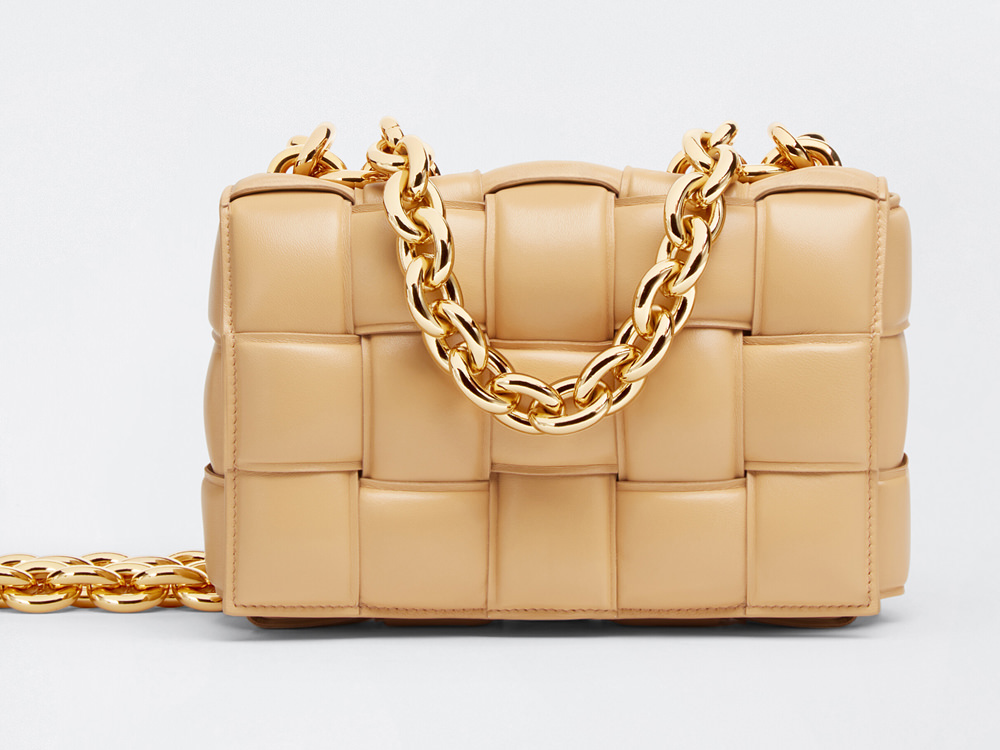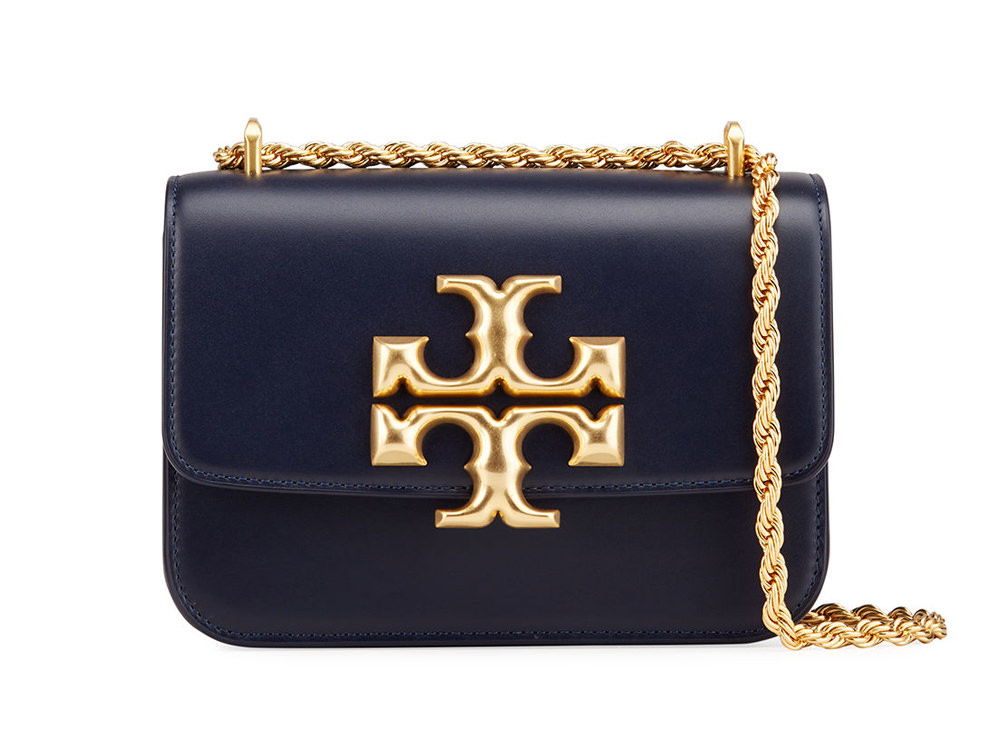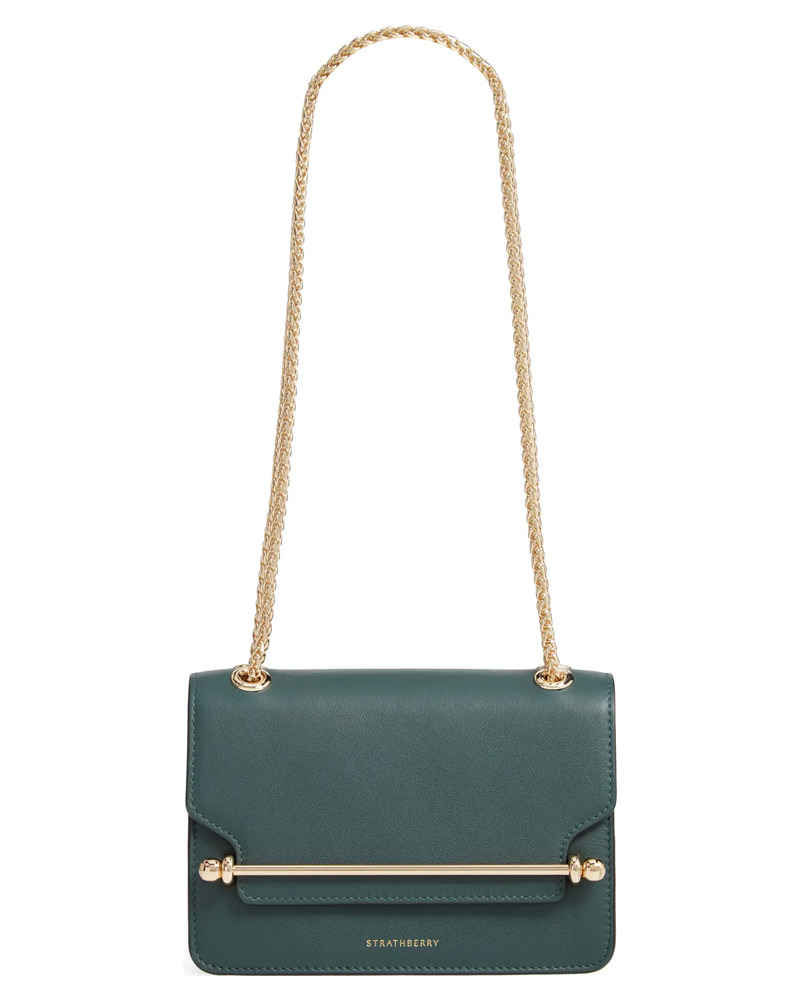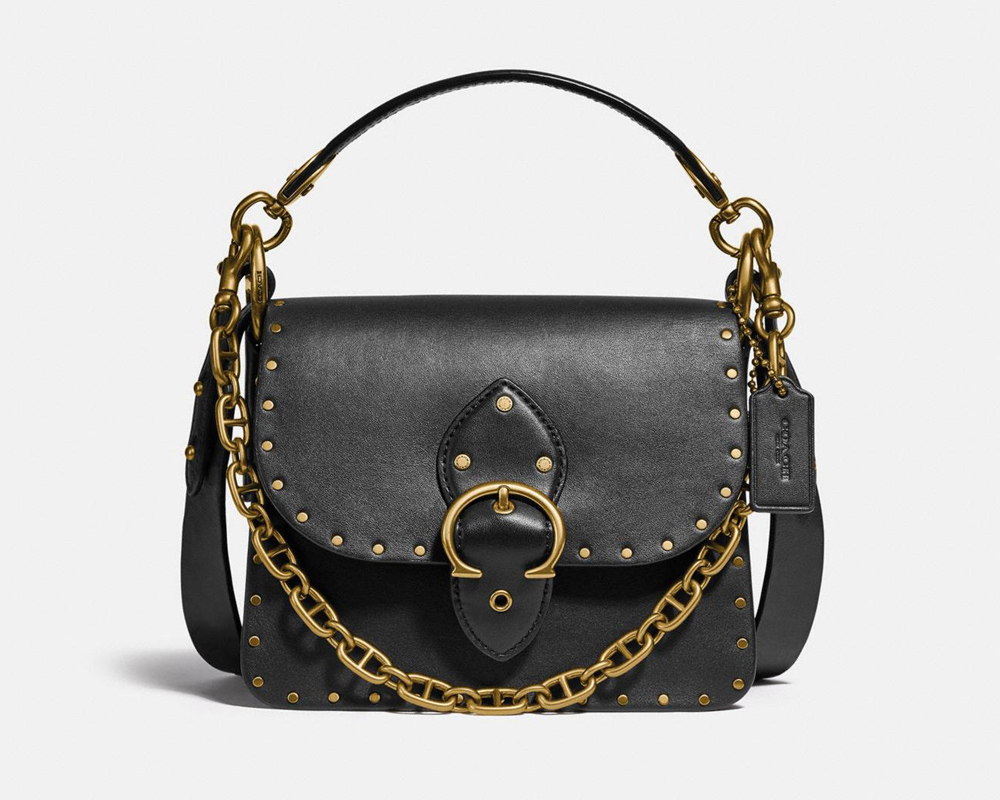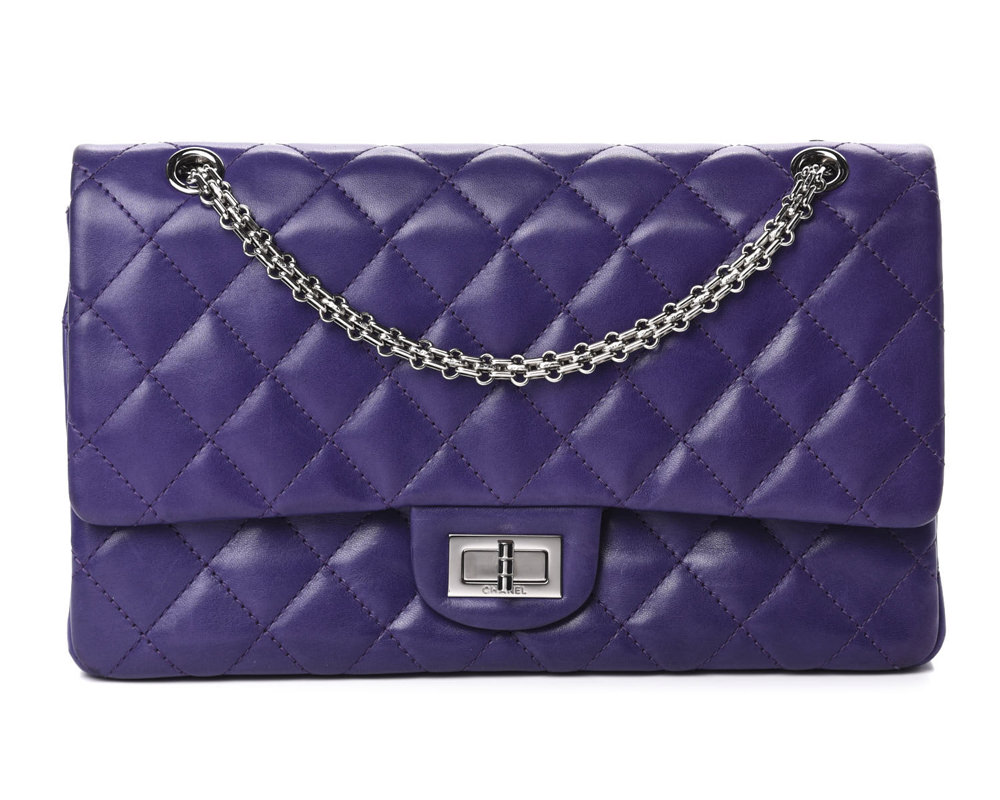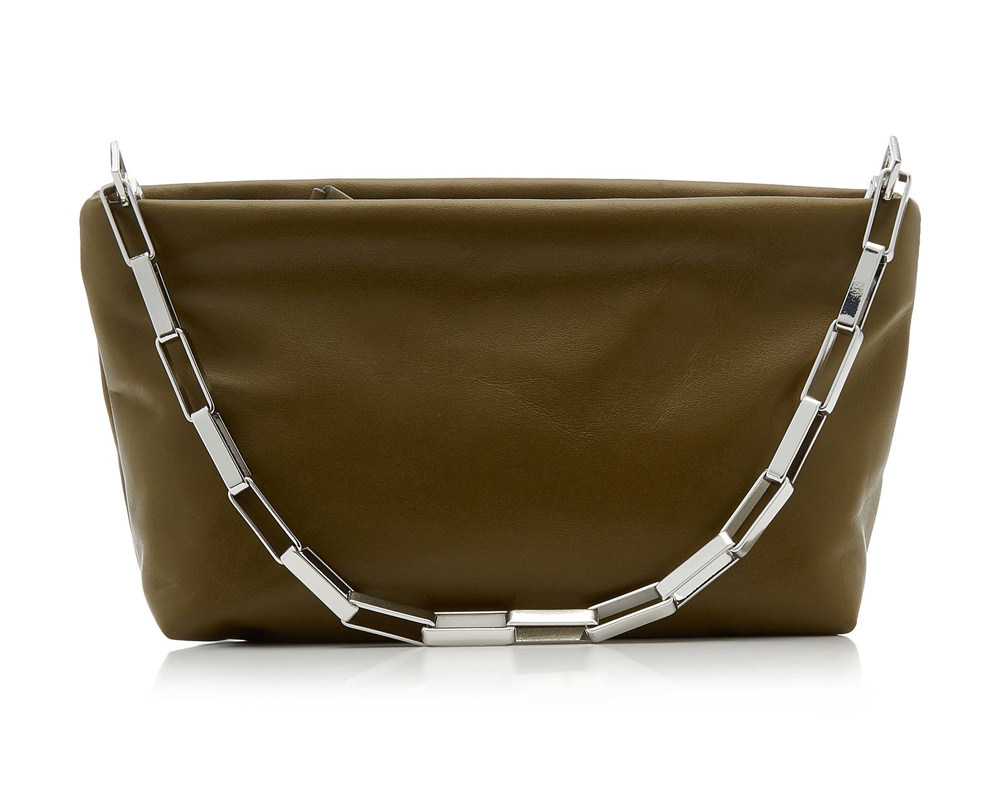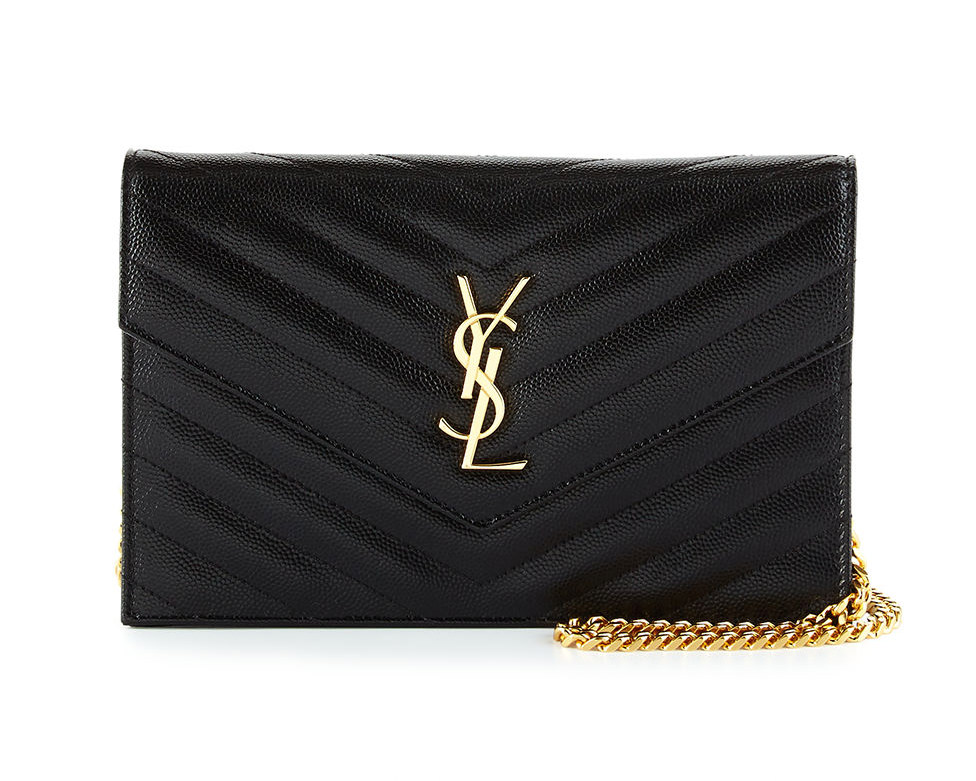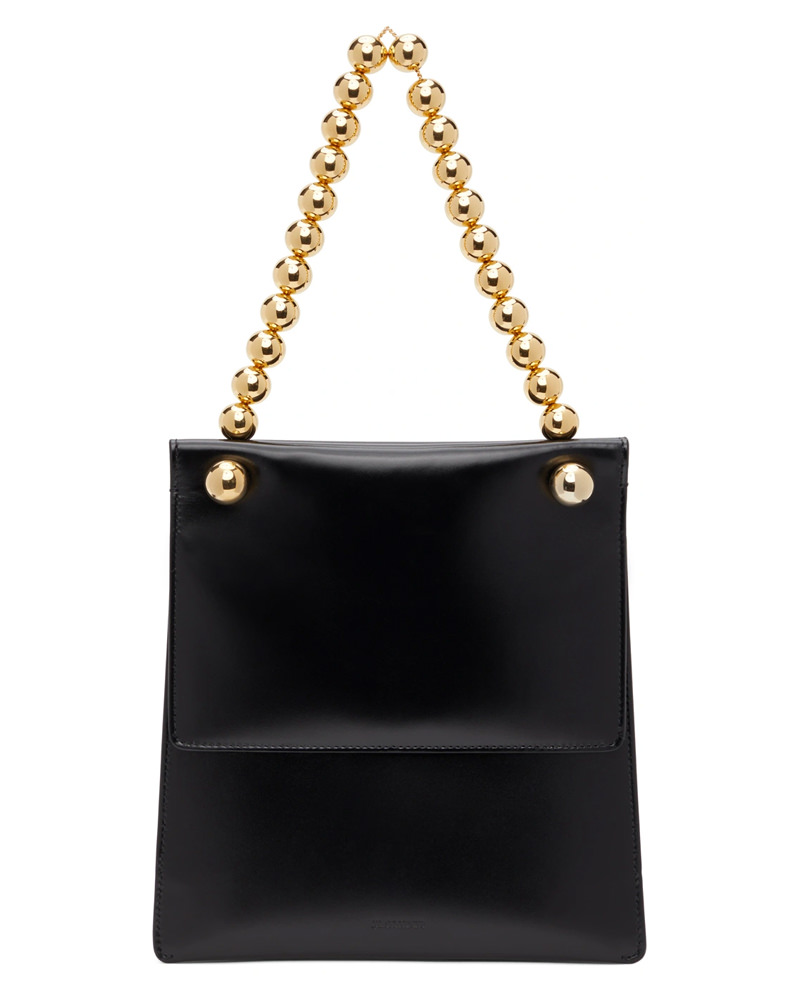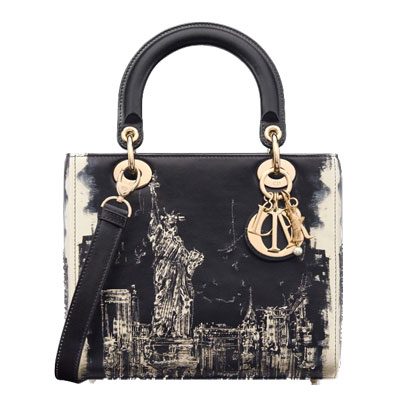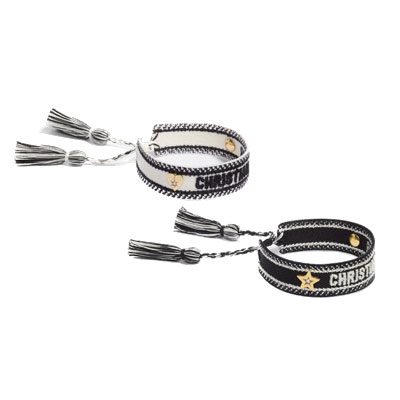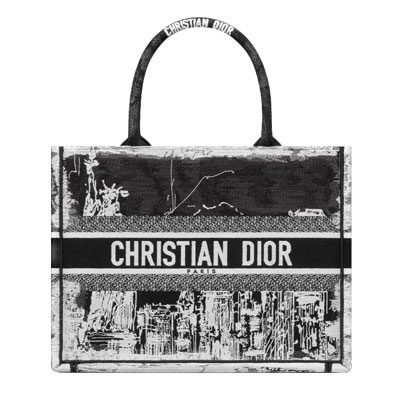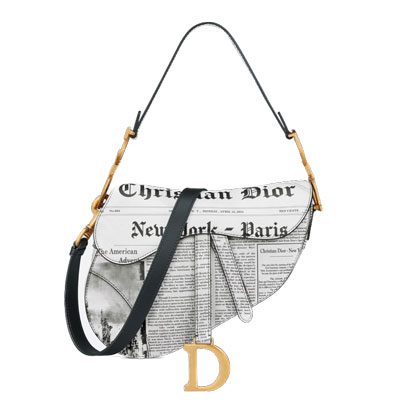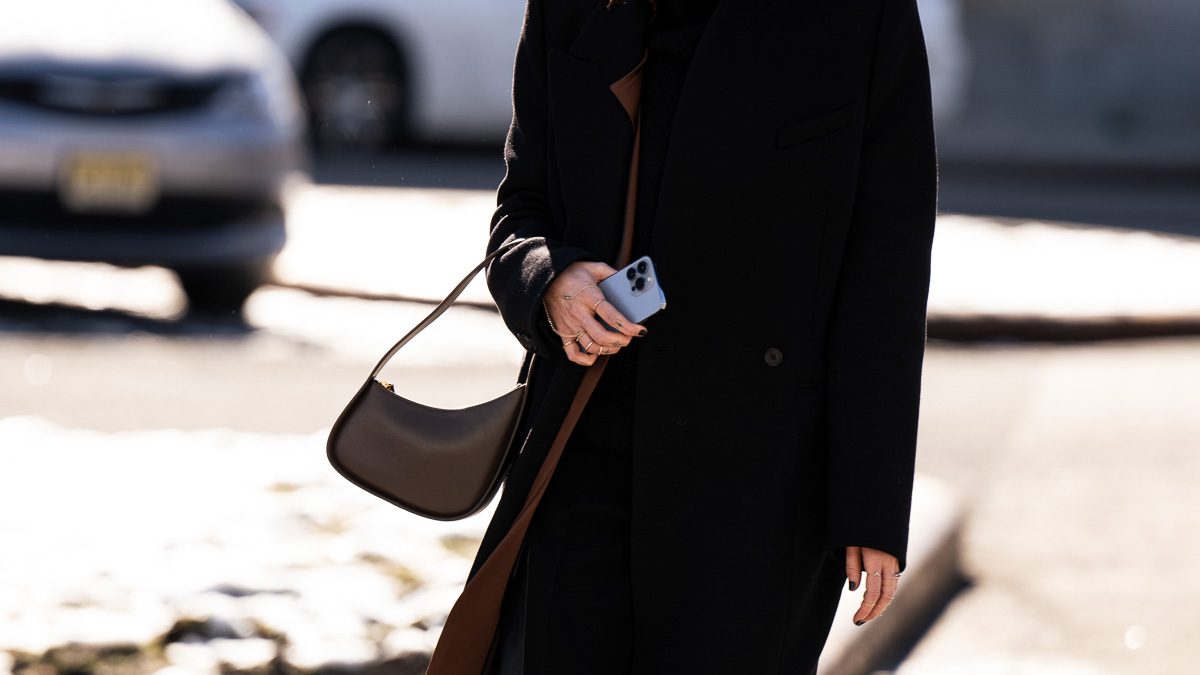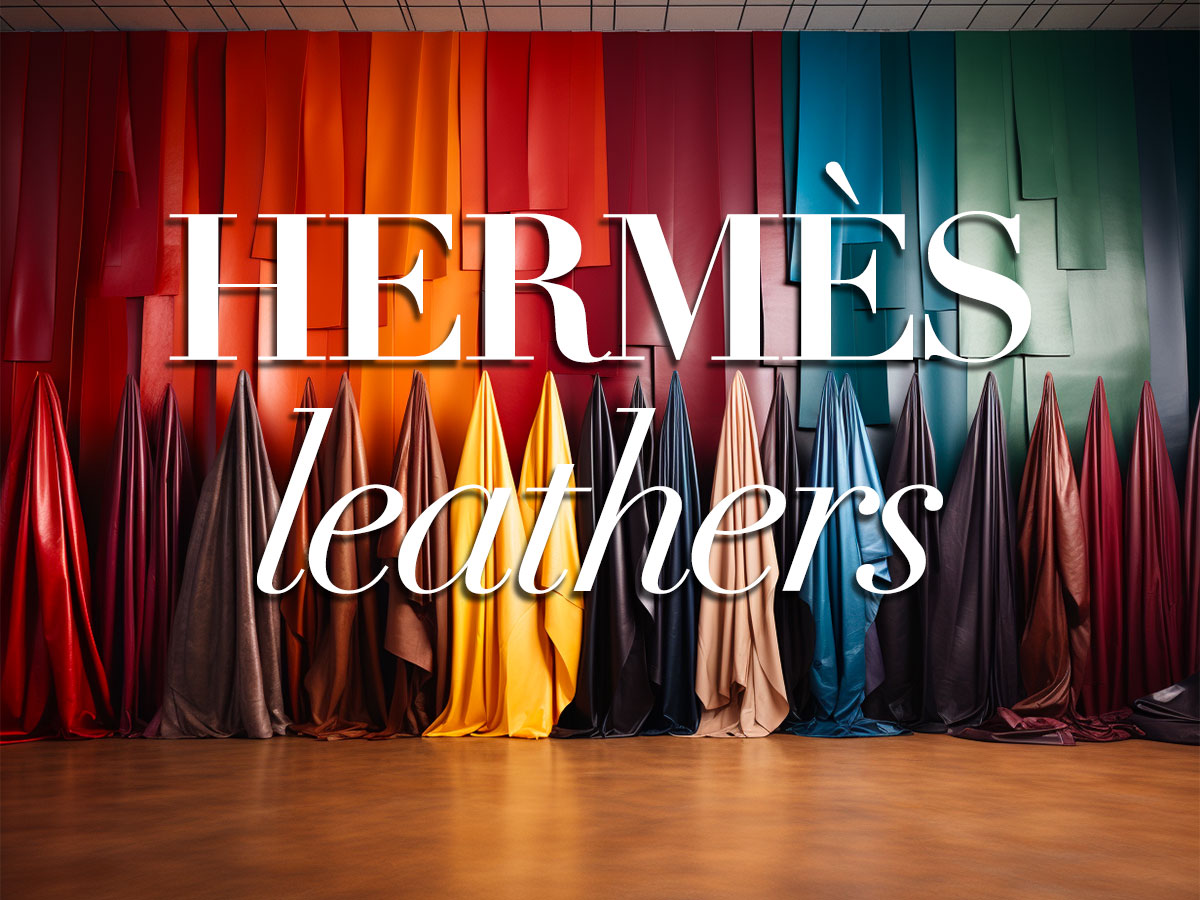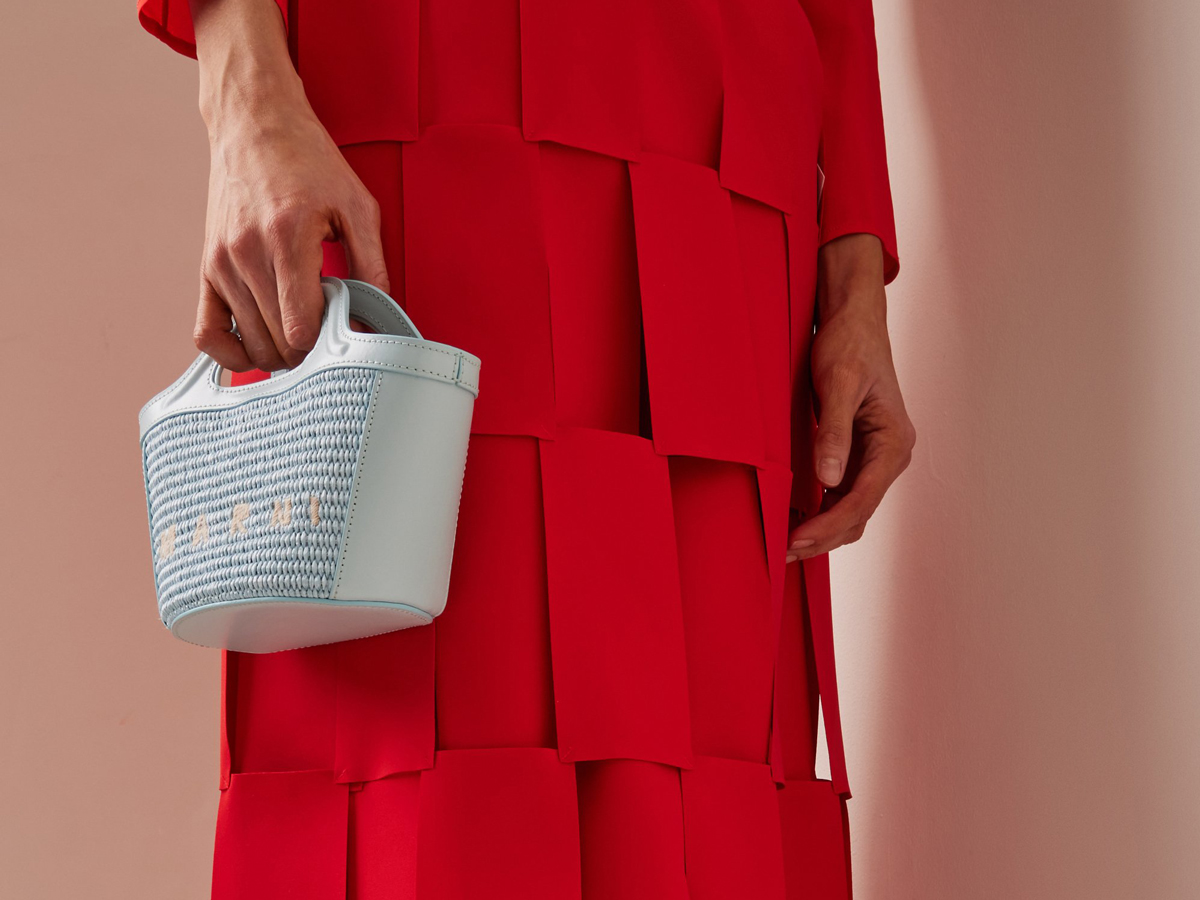I’ve spoken before about how I first began buying high-end bags because I was tired of my favorite non-designer pieces always falling apart. It seemed that no matter how well I took care of them, they would eventually begin to show signs of major wear and tear. Every popped stitch or peeled edge warranted another trip to my local repair shop, only for the same thing to happen again a few months later. Sooner or later, the sad day would come when a beloved bag was buried in the purse graveyard in the back of my closet, but none was sadder than when I had to unexpectedly say goodbye to my favorite chain strap bag.
The bag had originally been a newlywed gift from my husband that he purchased for me from Century 21 in NYC. It was black and stylish and held a special place in my heart. I wore it everywhere for two years until one tragic afternoon in Barcelona when I was walking out of a mall and one of the chain links snapped, sending my belongings into a free fall. I acted as fast as I could but not quickly enough to stop the broken link from snagging the fibers of a brand new cable knit sweater I had purchased only 20 minutes beforehand (I wore it out of the store.)
I remember standing there completely mortified. Not only had my bag just died a sudden death but it also took a pretty pricey casualty with it.
This unfortunate incident stuck with me and I haven’t had a chain strap bag since. Even though I now only buy high-quality bags, I’ve only gone for totes or pieces with minimal hardware. As hesitant as I still might be, I think I am finally ready to give chain bags another try.
I’ve researched different strap styles but am still undecided on which one to choose; however, I know how much every bag collector loves a good chain bag (especially because they are super in style) so I thought I would make a helpful quick guide of all of my findings:
Cable Chain
Cable chains are one of the most common straps found on designer handbags. They are made up of those classic interconnected oval links. Cable chains can be found in a variety of sizes and with links that may or may not be welded together. Generally speaking, welded links are the better option because unwelded ones are more likely to bend or break if they bear too much weight. Along those same lines, cable links don’t lay flat so too heavy bags can actually cause the chain to dig into the skin. Ouch!
Unwelded cable chains can be more easily broken but they are also easy to repair.
Rope Chain
Rope chains are the second most common chains found on designer bags. All of the links are twisted together to resemble a textured rope. Rope chains are the preferred choice of many designers because of their extreme durability and tendency to reflect a lot of light. Rope chains are a great choice for those who want their hardware to remain pristine because the textured style disguises any scratches or dents, guaranteeing the strap stays shiny for a long time to come.
Rope chains are hard to break and even harder to repair.
Byzantine Chain
Byzantine chains are pretty rare to find on handbags but they do exist. They are made up of multiple interwoven links that resemble a series of infinity knots. The links tend to be thinner but the intricate pattern reinforces the chain and makes it very durable. It’s similar to a rope chain but the distance between the links can vary. It is important to test the strap in person because too much space makes the chain feel loose while links that are too close together can make the chain inflexible.
Byzantine chains are hard to break and are also hard to repair.
Mariner Chain
Mariner chains, also sometimes called Gucci chains (no relation to the brand,) are occasionally featured on popular bag styles. The links are similar to those of cable chains except that they feature a small bar through the center. When it comes to comfort, Mariner chains have the advantage because they can also be made flat to lay gently against the body. Full mariner chains have become popular additions to newer Coach styles while single mariner links can be found on the handle of the Prada Cleo shoulder bag.
Mariner chains are hard to break but easy to repair.
Rolo Chain
Rolo chains are neither uncommon nor the most common type of chain straps found on bags. They’re easy to spot due to their distinct pattern of symmetrical round/oval links with every other link rotated at a 180-degree angle. They’re pretty durable due to their ability to evenly redistribute weight and are commonly seen on Chanel’s Reissue flap bags.
Rolo chains are hard to break but easy to repair.
Box Chain
Box chains are probably the least commonly found on handbags (even if the brand calls a style a “box chain,” they usually aren’t.) Box chains are pretty self-explanatory: they feature square or rectangular links that form a kind of metal snake. Since the links have flat sides the chain lays comfortably against the skin. The only example I could find of a box chain was on the Chain Shoulder Bag by The Attico, which is actually kind of a combo between a box chain and a Rolo chain.
Box chains are hard to break but easy to repair.
Curb/Diamond Cut Chain
Along with cable and rope chains, curb/diamond cut chains are the other most commonly found on designer bags. They are a step up from basic cable chains because their links have flat chiseled sides that reflect light and give them a high-shine design. Unfortunately, this radiance can diminish over time if the chain becomes too battered, but most light scratches can be buffed out by a professional.
Thin diamond cut chains are easily broken while thicker versions are much more durable. Both types of diamond cut chains are still pretty easy to repair.
Ball Chain
Plastic/acrylic ball chain straps are becoming more common but metal ball chains still aren’t often added to luxury bags. This is because while the design may be interesting, it isn’t very practical. Balls chains don’t hold weight well and should probably be reserved for mini bags that are impossible to overstuff. The only example of ball chains I could find were on bags made by German designer, Jil Sander.
Ball chains can break very easily if the interior twine isn’t thick enough and they are also quite difficult to repair.
Now tell me, dear readers:
Which type of chain strap do you prefer?

